Die Cutting Services Companies
Die Cutting Services
Die cutting is a mass production method of cutting parts, components, and materials efficiently and quickly using specially designed equipment and tools that cut, shear, and shape fabrics such as paper, rubber, fiber, and metals. It is a widely used method for the production of gaskets from neoprene and foam materials.
The term die cutting is a descriptor used for several cutting processes. Each of the different methods fulfills a specific need or configuration. The most common forms of die cutting are flatbed, rotary, and digital. The process chosen for cutting is in accordance with the material to be cut as well as the required efficiency and accuracy.
Flatbed die cutting is the simplest and least complex of the different methods. It is mainly used in production situations where several parts have to be processed in a short period of time. It is selected as a method of cutting for its ease of operation, low cost, versatility, and flexibility. Any type of material can be shaped, configured, or cut using this process.
An exceptional feature of flatbed die presses is their ability to apply extreme pressure on sheet or rolled stock. The factors that determine the use of flatbed die cutting is the type of material, design, and calculated geometries. The process can be used to cut through thin light materials as well as hard thick surfaces.
Rotary die cutting is a highly productive method of die cutting that can produce high volumes of parts and products rapidly. It is an exceptionally accurate process that uses dies that are attached to a cylinder in a press. A benefit of rotary die cutting is the multiple layers that can be cut with precision and exactness at very high speeds.
Much like the flatbed process, rotary die cutting is able to have the pressure of its cut set to the type of material to be fabricated with few limitations. Unlike flatbed die cutting, rotary die cutting is limited to web materials.
A popular method of die cutting is digital, which uses CNC programmed lasers, blades, and a variety of tools to cut materials without the use of a die. The process is capable of producing all of the various shapes and designs of the other die cutting methods with more precision at a lower cost.
Die cutting is a widely used method of fabrication and shaping due to its ability to be adapted to a variety of applications. Every die cutting machine can produce multiple shapes and forms from an endless number of dies. Dies can be easily changed and customized to fit the material. There are innumerable die cutting operations that vary from bending, coining, embossing, and perforating to name a few.
There are several benefits to using the die cutting process, which include speed, uniformity, and cost. Though die cutting produces parts at a rapid rate, every part is exactly the same from the first to the last. This is one of the main reasons die cutting is used for the fabrication of so many components and parts. Another of its benefits is its ability to be customized and programmed to perform specialized functions to create unique and unusual parts.
Die cutting services developed in the 19th Century to assist shoe manufacturers improve the production of their products. Since its introduction, it has grown to be an essential part of a variety of industries and industrial processes.
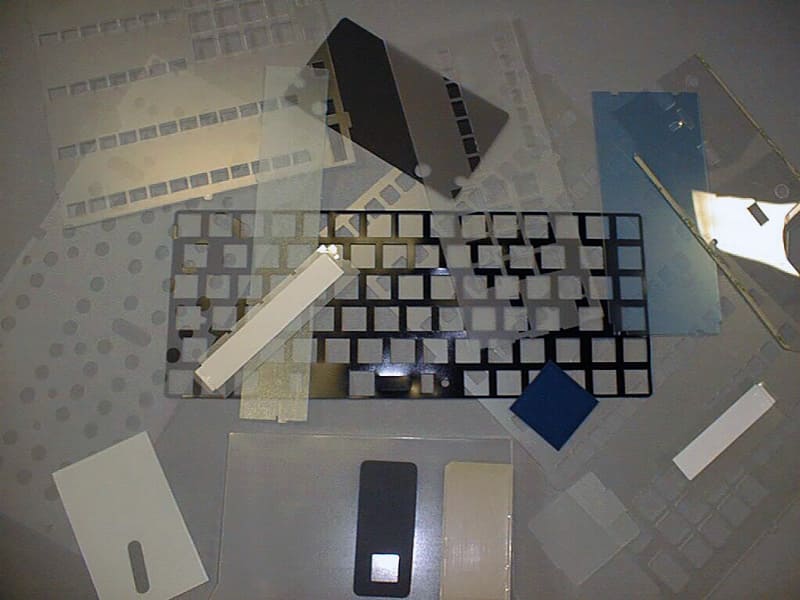
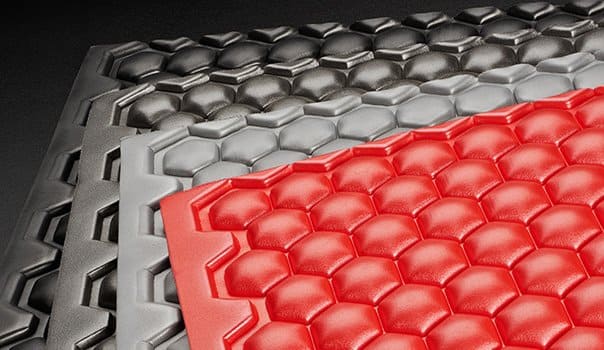
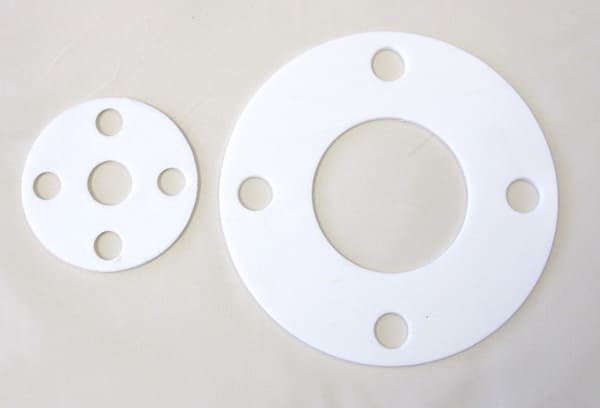
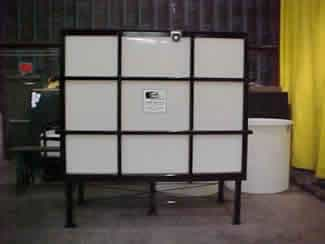
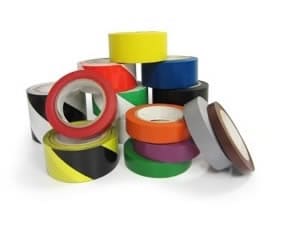
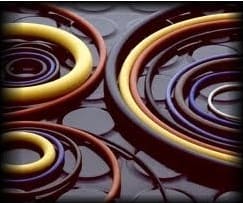
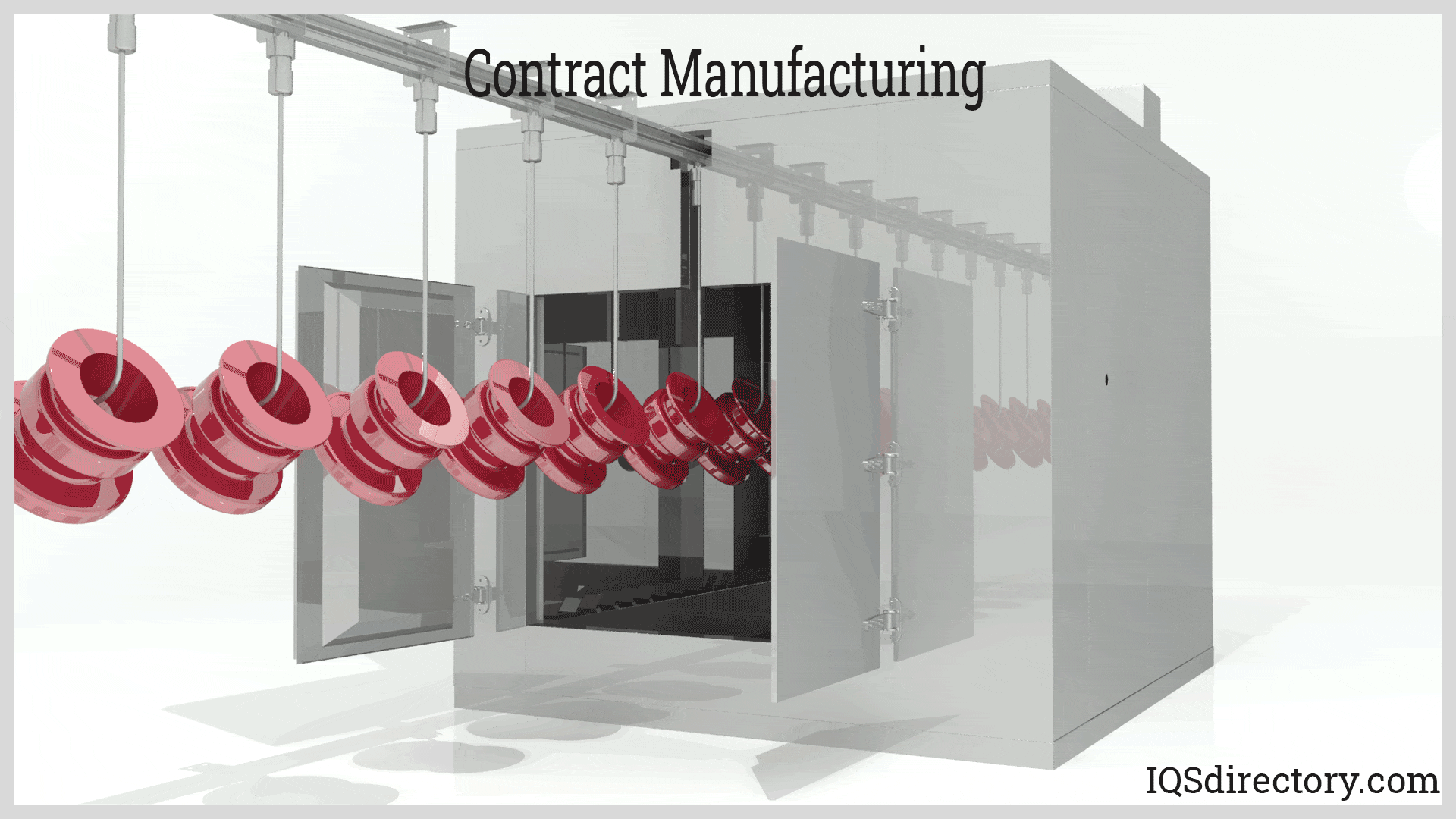
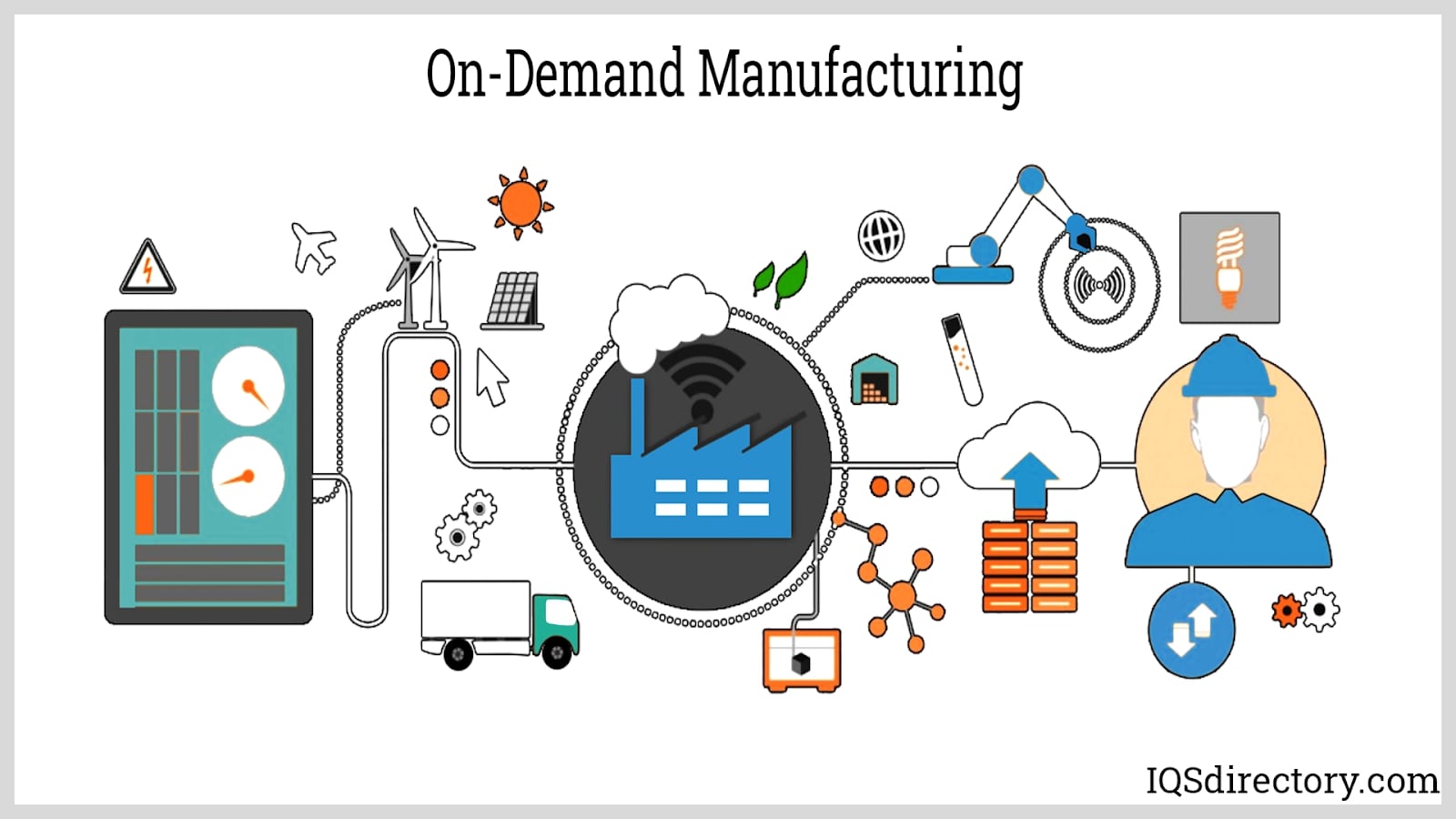
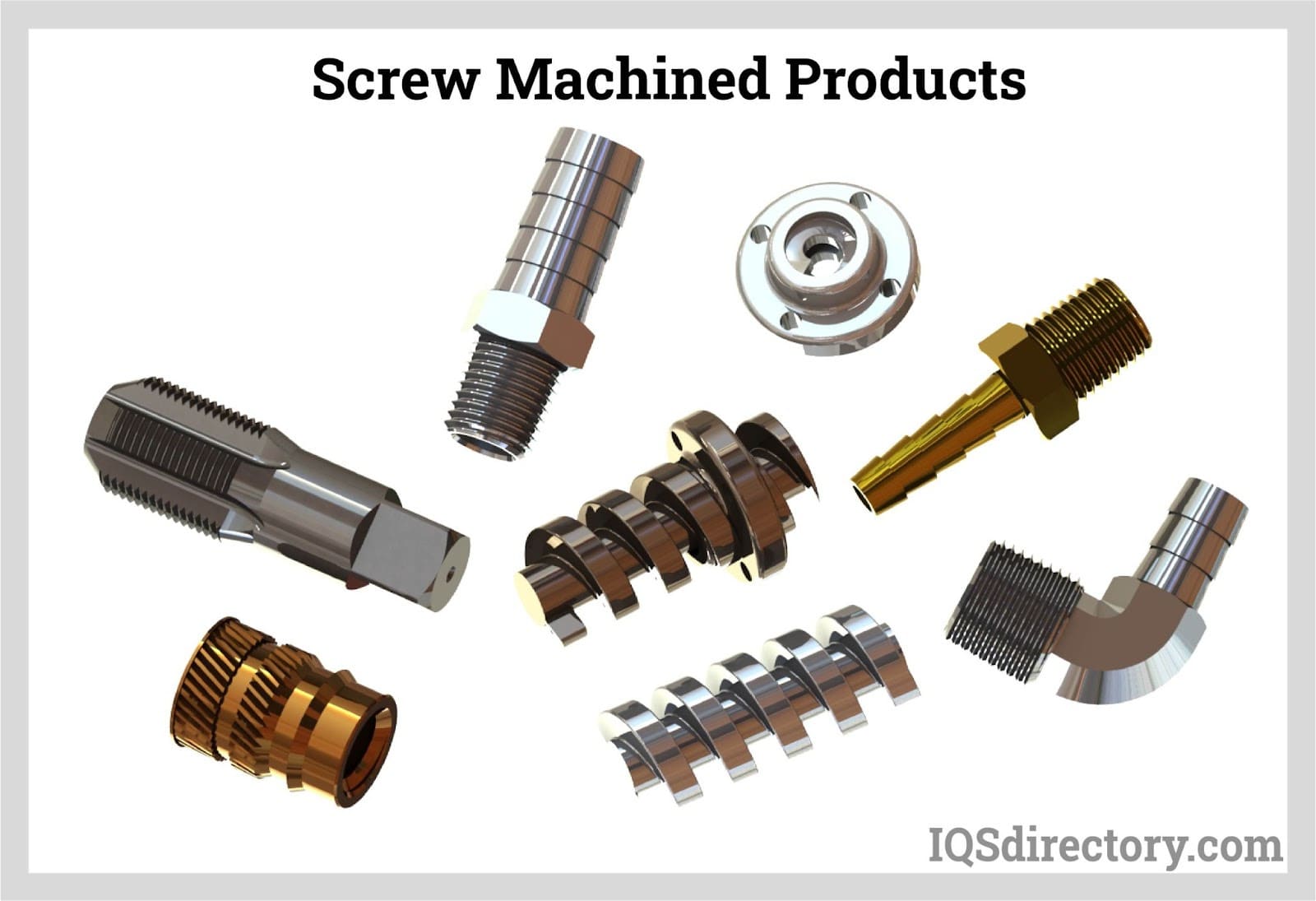
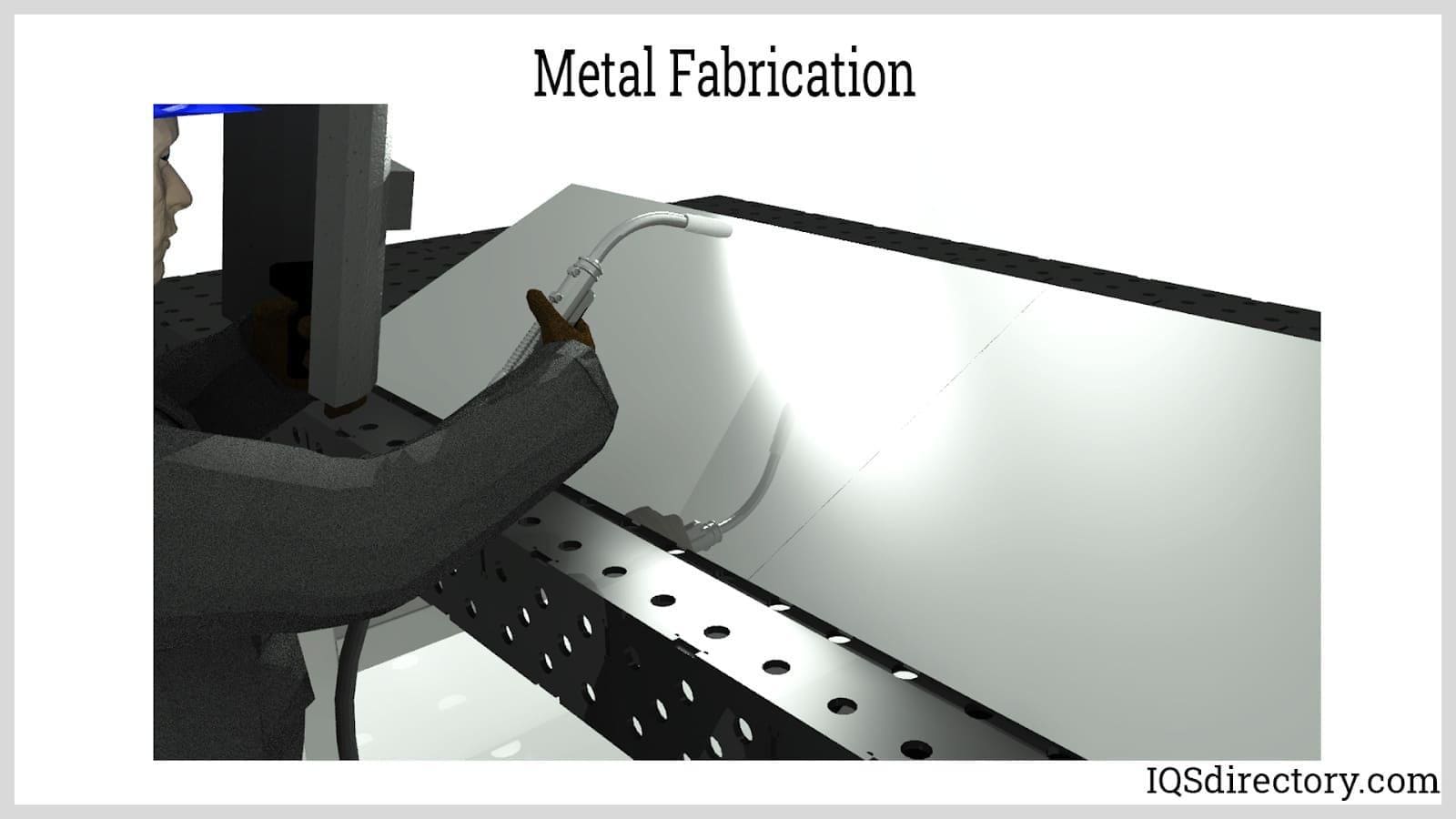
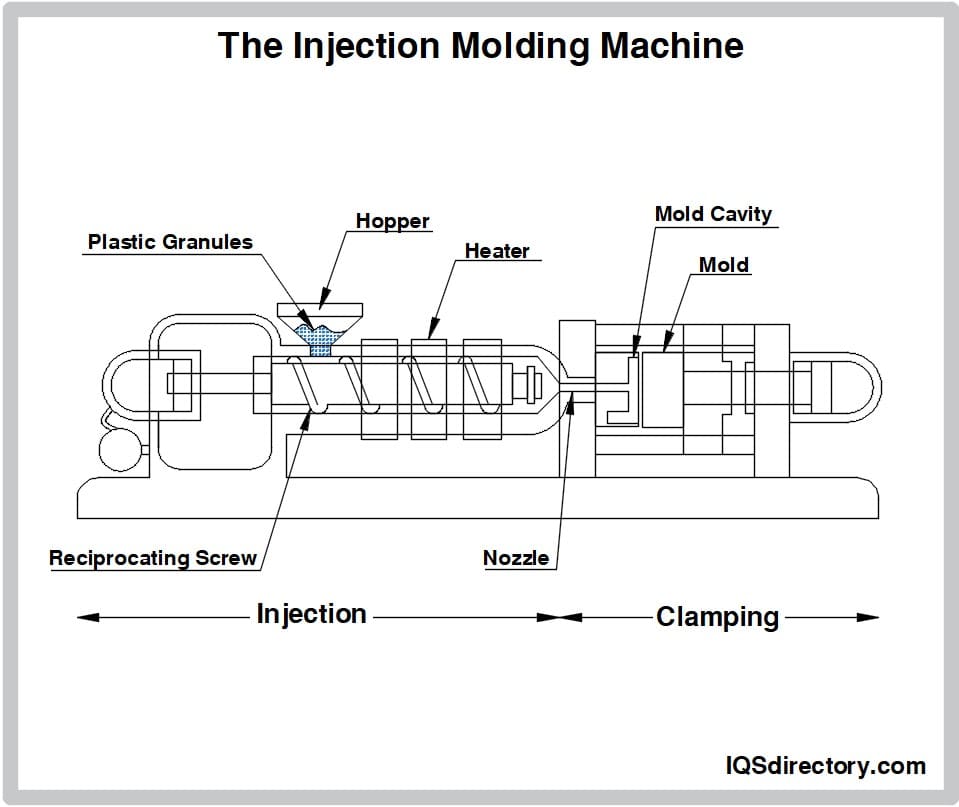
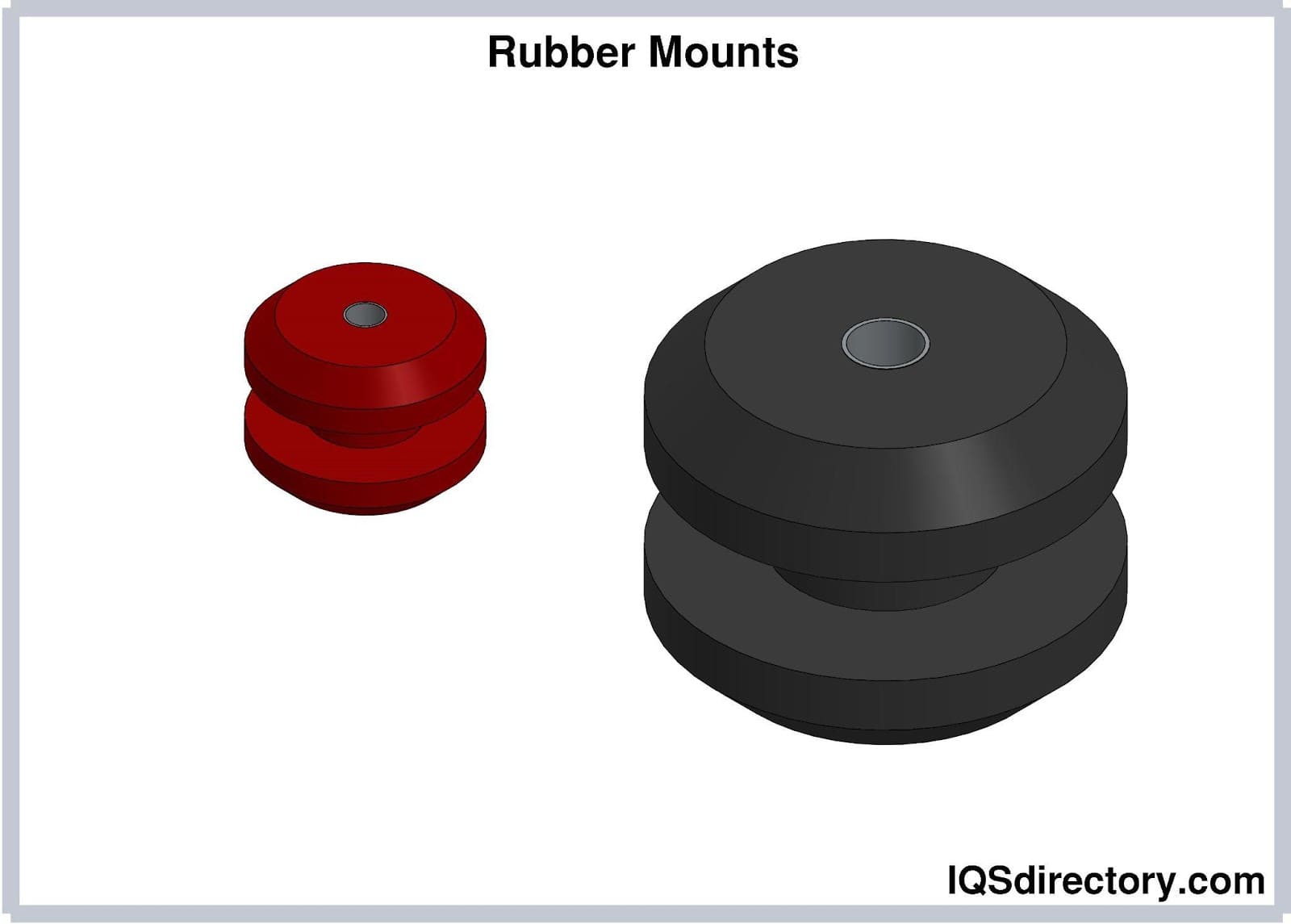
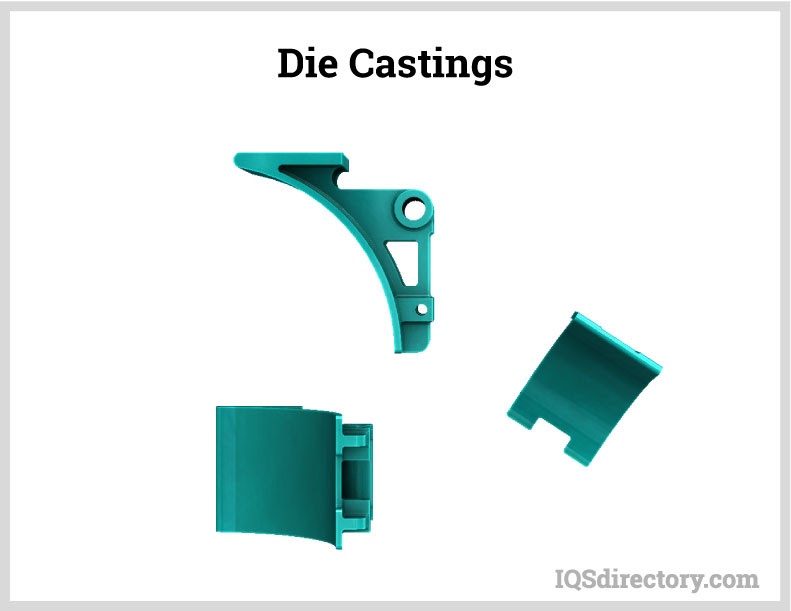
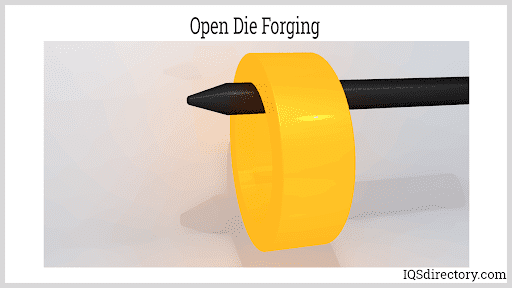

 Aluminum Extrusions
Aluminum Extrusions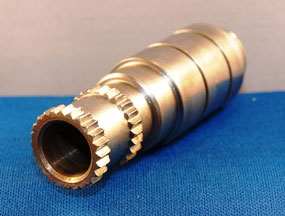 Broaching
Broaching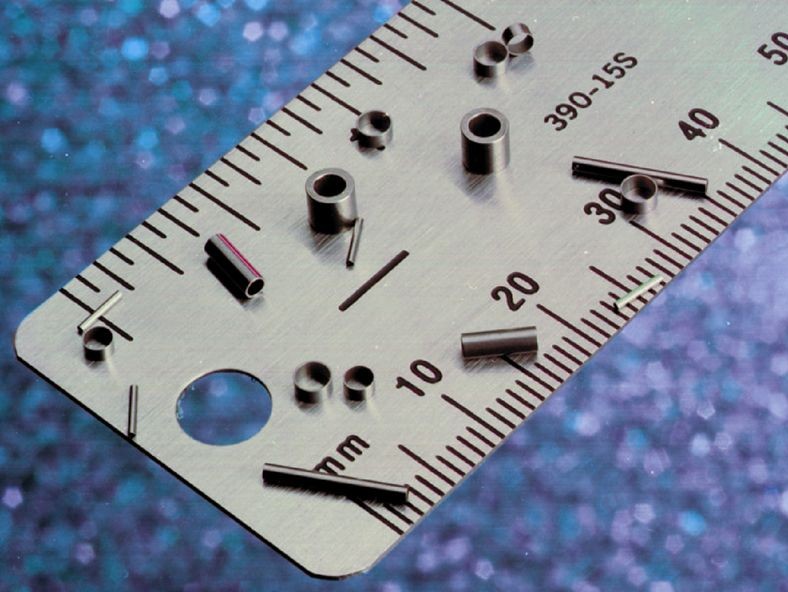 CNC Machining
CNC Machining Expanded Metals
Expanded Metals Laser Cutting
Laser Cutting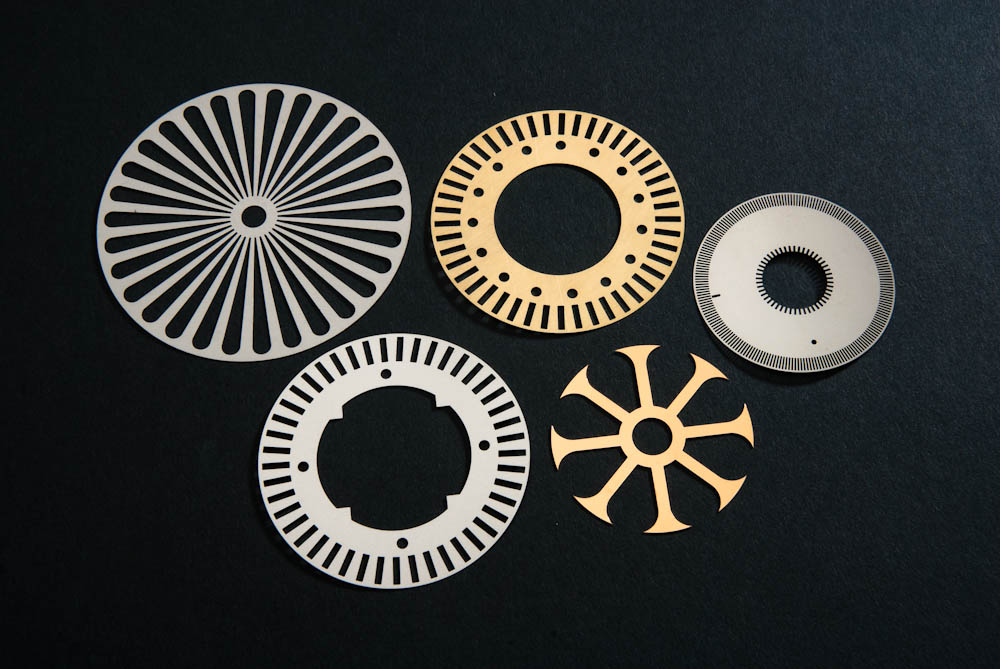 Metal Etching
Metal Etching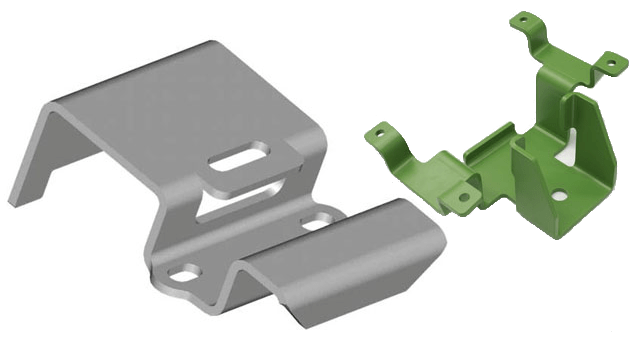 Metal Fabrication
Metal Fabrication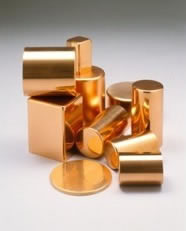 Metal Stampings
Metal Stampings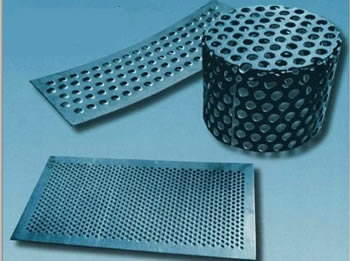 Perforated Metals
Perforated Metals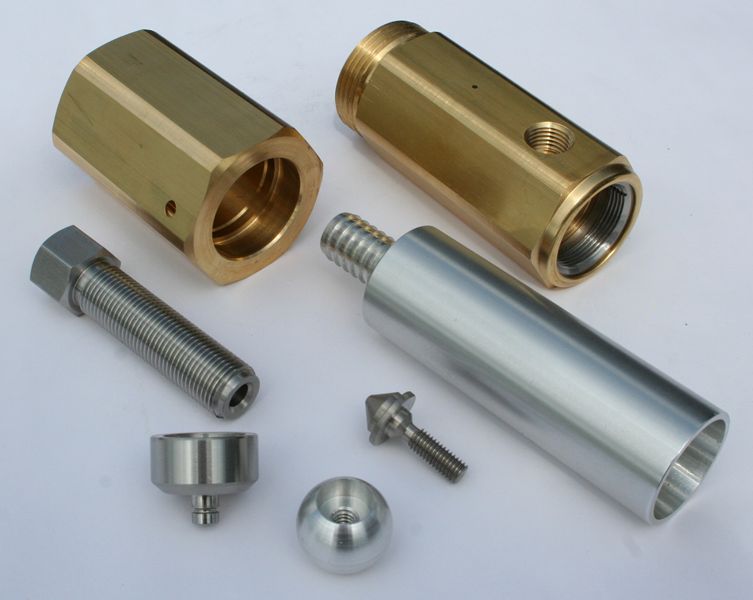 Screw Machine Products
Screw Machine Products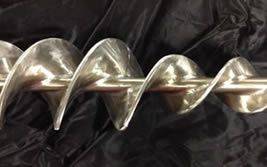 Sheet Metal Fabrication
Sheet Metal Fabrication Steel Service Centers
Steel Service Centers Tube Fabrication
Tube Fabrication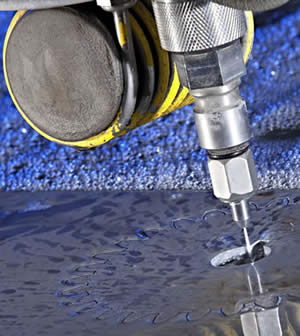 Water Jet Cutting
Water Jet Cutting Castings & Forgings
Castings & Forgings Bulk Material Handling
Bulk Material Handling Electrical & Electronic Components
Electrical & Electronic Components Flow Instrumentation
Flow Instrumentation Hardware
Hardware Material Handling Equipment
Material Handling Equipment Metal Cutting Services
Metal Cutting Services Metal Forming Services
Metal Forming Services Metal Suppliers
Metal Suppliers Motion Control Products
Motion Control Products Plant & Facility Equipment
Plant & Facility Equipment Plant & Facility Supplies
Plant & Facility Supplies Plastic Molding Processes
Plastic Molding Processes Pumps & Valves
Pumps & Valves Recycling Equipment
Recycling Equipment Rubber Products & Services
Rubber Products & Services